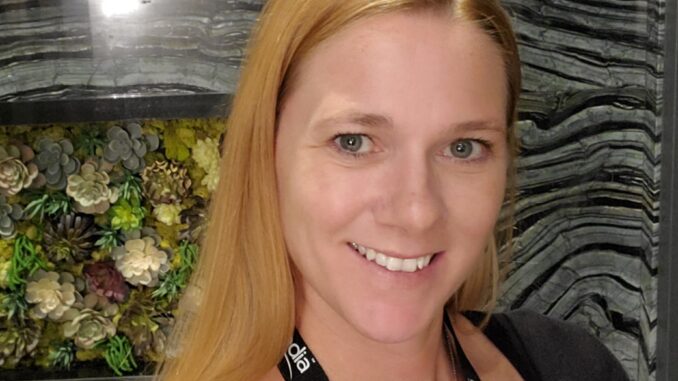
Featured in this week’s spotlight is Breanne Casteel, Enterprise Business Architect of Kampgrounds of America (KOA).
Casteel has been a catalyst for change enablement, through collaboration, to drive empathetic business solutions. She has been a passionate advocate for more than two decades, bringing awareness to business architecture and business analysis skills as well as a proactive mindset to numerous roles in various organizations, Casteel embraces an emphasis on communication, transparency, and collaboration across the silos.
We recently visited with Casteel to learn more her successful career in the interview below
Question: How did you get your start in the industry?
Answer: I started out with a degree in Computer Science knowing I wanted to be involved in tech. My path after college however landed me in a position that also dealt with the end users of the product, which I now look back on as being instrumental to my learning how to listen and communicate with stakeholders. After an on-site training/feedback session for end users where the CIO heard the questions I was asking, he pulled me aside and told me what I was doing was business analysis (I had never heard of it before). From that day forward I like to say the rest is history! I stood up a business analysis practice from the ground to tripling the size of the team, successfully implementing agile processes for IT and the business overall while acquiring three certifications in the field. Once I learned about strategy analysis, I identified a need at our organization which lead me to learn just enough to propose the addition of business architecture. I then was able to stand up a business architecture practice from the ground, providing value along the way and becoming a certified business architect.
Q: What is your current responsibility and what is your typical day like?
A: My days are anything but typical! Day to day and week to week, since I became a business architect, I go where the value takes me. An underlining theme is always around continually building awareness of business architecture since it is still so new to our organization. Yes, there are the business architect tasks of documenting then using the business knowledge for scenarios but right now, more time is being invested into identifying strategic pain points, researching options to fix those, and then presenting even outside of our business knowledge. These areas are anywhere from standing up a Value Management Office and Intake Triage, strategic project management, process management, system identification and consolidation and more. I find being a business architect that looks across the whole business ecosystem really sets me up in a good position to help in numerous areas. My goal is to get all these needed areas to a stable point and resourced accordingly so then we can continue to build upon them and have them all working together.
Q: What do you like most about your job?
A: I love to help others! I do not need to be the executive that makes the important decisions, but I love knowing I have provided the information they needed to make the best decision to move us forward. I do not need to be the person in charge of each department, but I love to know I have assisted in helping to better processes and technology so each department can run more efficiently. I do not need to be the person at the front of the room in each meeting, but I love knowing I have stood up and created a platform in which people across departments and hierarchy can come together to voice their opinions and brainstorm to make our organization even better. I love knowing my goal each day is to listen and find pain points so I can pull all the needed pieces together to help make those better.
Q: What trends in architecture are you looking out for the rest of 2023 and 2024?
A: AI is a given as it is in the headlines and the topic of many webinars and conferences. Personally, I feel AI is the next tool we will learn to use in any role, however with this new tool, I would like to see more emphasis and discussion be put around how humans will need to interact especially in the world with AI. What I mean by this is that there is so much discussion on what AI will be able to do for us, but what it cannot do is bring the human element, especially the human collaborative element. For example, a pain point I have heard at numerous conferences this year is not just on what information we need to share between our roles (think business and IT architecture), but HOW. Just because there is another tool on the market doesn’t mean it can help us communicate and work better together. I feel a lot of new and seasoned (refreshers) analysts and architects will benefit over emphasis in training being put on the human communication element in addition to the new tools.
Q: What is one thing we can do to support or increase the women in architecture?
A: Mentorship. The act of creating a safe space for women in this space and encouraging them through the act of mentorship is key. Mentorship is not just about teaching and training; it is the act of getting to know the other person and taking an interest in their journey to help guide them forward with encouragement.
